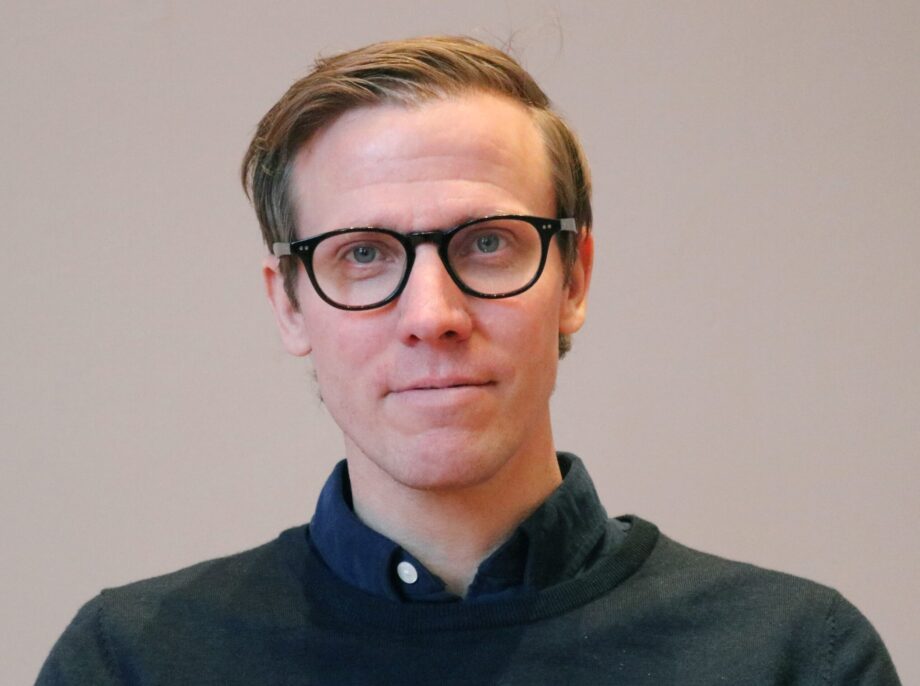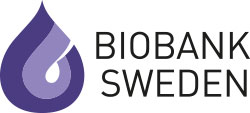
Involving patients more leads to better care
Medical research is a cornerstone in enabling healthcare to offer better treatments. Everything from flu to cancer. But there is another group playing an important role in the process of developing new drugs or treatments: the patients.
Eskil Degsell is a patient relative representative at Karolinska University Hospital and on the patient side in numerous ways. He himself has chronic asthma and his wife has a malignant brain tumor. Eskil is also a member of the Swedish Brain Tumor Association and has a number of other commitments relating to patient safety and patient influence.
Necessary engagement from patients and relatives
From his perspective, he can see the opportunities that biobanks offer research and the potential for development to make better use of the resource that patients and their relatives constitute.
– I was born in 1976 and over the years I’ve followed the development of Swedish biobank data. Then there are all the medical registries. Research and healthcare are now beginning to be able to use these in earnest. I don’t think any other country has all this.
In order to derive the maximum benefit from all this data, Eskil Degsell believes it is necessary to get patients and relatives engaged at an early stage.
– It’s partly about patients and relatives being able to act as a resource for doctors and researchers, and partly about really seeing the patients’ and relatives’ perspectives.
Better benefits for patients and better cost efficiency
He offers the increasingly effective medications produced by research as an example.
– At the same time, we know that medication compliance often is very poor. We also know that many medications work for some patients but not for others. Many patients with brain tumors get cognitive impairments, so they might forget taking their medication. The treatment can be very expensive and effective, but if the patient doesn’t actually take the medication …
That is why he thinks it is so important to use both the biobanks and genetics to achieve better precision and better integrated feedback from patients (such as PROM in clinical routines).
– There is an enormous patient benefit to be gained and we can also get more cost-effective care.
”Everyone might have their own rare diagnosis”
Precision medicine is one of the highlighted areas made possible thanks to recent advances in research. These are tailored treatments that tell us how well a certain medication or a certain treatment are likely to work for a specific patient. The knowledge can be based on biomarkers in the patient’s tissues, on the patient’s genetic profile or, among other things, on the patient’s age and gender.
– Biobank samples play a key role in this, together with the patients’ own assessments of how they’re feeling and how things are going.
He believes this to be an excellent example of how research, healthcare and related support structures need to collaborate and adapt in order for new technologies to have the best effect for patients.
– Then, for example, we can avoid patients receiving medication that has no effect other than side effects. It would be immensely fascinating if researchers could start solving that puzzle. Research would be better and we would avoid the ethical issues of giving medicine to people who only get side effects. Soon, everyone might have their own rare diagnosis.
Knowledgeable patients can help both healthcare and research
An additional perspective is that organized patient influence can help scientists prioritize what is actually more important to conduct research on.
– Developing new treatments really is an issue for citizens and patients alike. So get us involved! We want this!
Today, there are also enormous opportunities for patients to seek information, something Eskil Degsell says certainly might be frightening for doctors.
– But it’s also an opportunity! If you do perceive this as an opportunity, there are many, many more of us looking for possible treatments and other medically relevant information. Imagine when patients start coming up with hypotheses for researchers and telling them about their challenges – then we might even help their research forward. It will result in a mutual dialogue leading to very interesting things.



